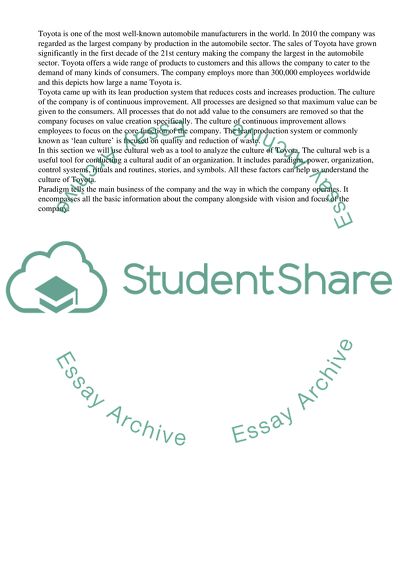Cite this document
(“Toyota Organizational Culture Assignment Example | Topics and Well Written Essays - 3750 words”, n.d.)
Toyota Organizational Culture Assignment Example | Topics and Well Written Essays - 3750 words. Retrieved from https://studentshare.org/management/1764109-managing-strategic-change
Toyota Organizational Culture Assignment Example | Topics and Well Written Essays - 3750 words. Retrieved from https://studentshare.org/management/1764109-managing-strategic-change
(Toyota Organizational Culture Assignment Example | Topics and Well Written Essays - 3750 Words)
Toyota Organizational Culture Assignment Example | Topics and Well Written Essays - 3750 Words. https://studentshare.org/management/1764109-managing-strategic-change.
Toyota Organizational Culture Assignment Example | Topics and Well Written Essays - 3750 Words. https://studentshare.org/management/1764109-managing-strategic-change.
“Toyota Organizational Culture Assignment Example | Topics and Well Written Essays - 3750 Words”, n.d. https://studentshare.org/management/1764109-managing-strategic-change.


